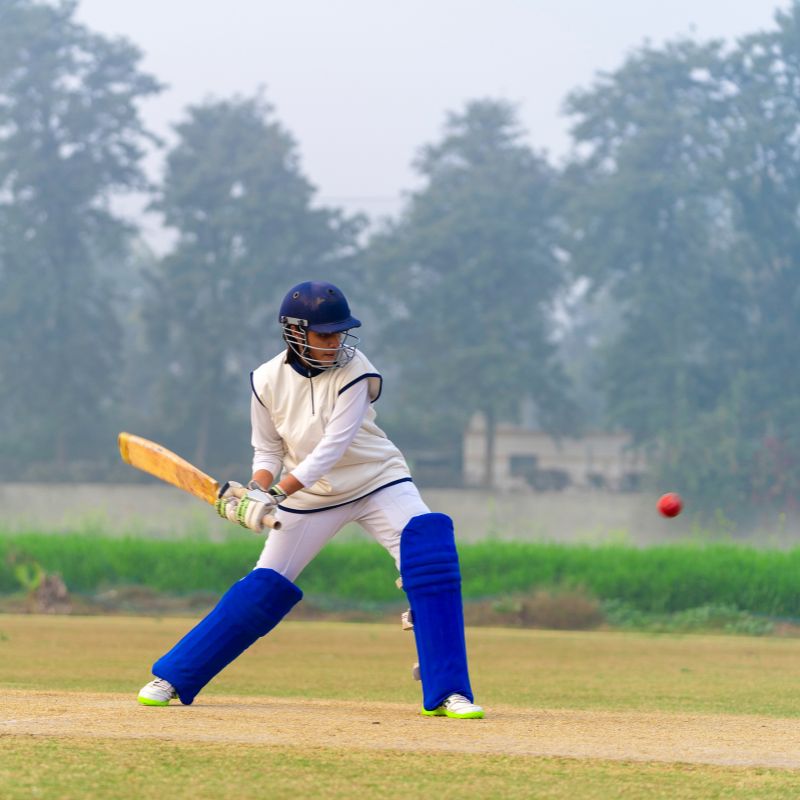Batting requires a blend of technique, timing, power, and mental fortitude. Whether you’re a beginner looking to develop the basics or an experienced player aiming to refine specific skills, the right drills can make a significant difference.
This blog post covers a comprehensive range of cricket drills for batting, designed to enhance various aspects of your game and help you excel at the crease.
Essential Batting Drills for Beginners
Before we get into the advanced techniques, it’s vital to establish a strong foundation. Mastering the basics of batting is the first step toward becoming a successful cricketer.
Here are some essential drills for beginners to help build a solid batting foundation.
1. Grip and Stance Drill
One of the most fundamental aspects of batting is how you hold the bat and position yourself at the crease. A correct grip and stance provide balance and control, allowing you to play a wide range of shots effectively.
Drill: Start by practicing your grip and stance without a ball. Stand with your feet shoulder-width apart, knees slightly bent, and weight evenly distributed. Hold the bat with a relaxed grip, ensuring your top hand’s V-shape points towards the inside edge of the bat. Practice this in front of a mirror to ensure your body is aligned correctly.
2. Backlift and Downswing Drill
The backlift and downswing are crucial for generating power and control in your shots. A smooth, straight backlift followed by a controlled downswing can significantly improve your batting.
Drill: Using a tennis ball, practice your backlift by lifting the bat straight up towards the stumps, keeping your head still. As you bring the bat down, focus on maintaining a straight downswing, aiming to make contact with the ball as it bounces. Repeat this drill until your backlift and downswing become second nature.
Front Foot: Drills for Driving with Power and Precision
Front foot shots, such as the cover drive and straight drive, are some of the most elegant and effective shots in cricket. These shots require a combination of balance, timing, and precision.
1. Cover Drive Drill
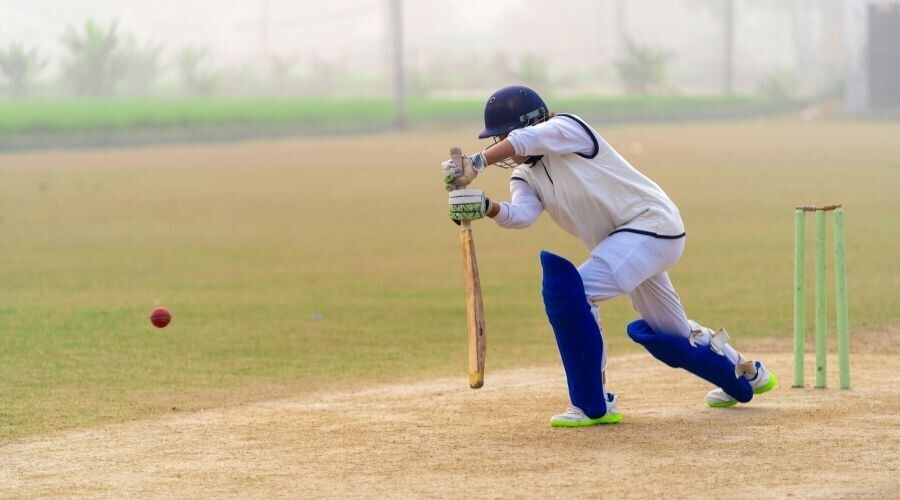 The cover drive is a key front foot shot, often used to dispatch over-pitched deliveries through the covers. This drill focuses on footwork, timing, and follow-through.
The cover drive is a key front foot shot, often used to dispatch over-pitched deliveries through the covers. This drill focuses on footwork, timing, and follow-through.
Drill: Set up a bowling machine or have someone throw underarm deliveries just outside the off stump. Step forward with your front foot towards the ball, ensuring your weight is balanced. Focus on timing the ball perfectly, making contact with a slightly closed face of the bat, and following through with a fluid motion.
2. Straight Drive Drill
The straight drive is a classic shot played down the ground, ideal for full-length deliveries. This drill helps you develop the power and accuracy needed for this shot.
Drill: Have someone throw full-length deliveries straight at you. Practice driving the ball straight back past the bowler, focusing on keeping your head still and your bat close to the pads. This drill improves your ability to play the ball straight with control and power.
Back Foot: Enhancing Cuts, Pulls, and Hooks
Playing off the back foot is crucial, especially against fast bowlers who frequently deliver short-pitched balls. Mastering back foot shots like the cut, pull, and hook can help you counter such deliveries effectively.
1. Cut Shot Drill
The cut shot is played off the back foot and is often used to capitalize on width outside the off stump. This drill focuses on timing and placement.
Drill: Set up a bowling machine or have a partner throw short-pitched deliveries wide of the off stump. Practice moving your back foot towards the ball and cutting it behind point. Focus on timing the shot to ensure you don’t play it too early or too late, which could result in an edge.
2. Pull and Hook Shot Drill
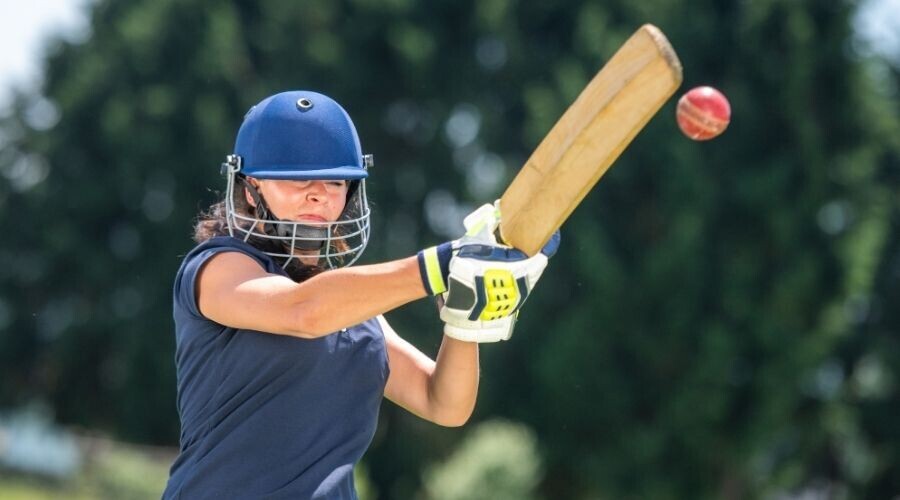
The pull and hook shots are aggressive back foot shots used to deal with short-pitched deliveries aimed at the body. These shots require quick reflexes and confident execution.
Drill: Use a tennis ball for safety and have someone throw short deliveries aimed at your chest or head height. Practice moving your back foot across to create room, and then pull or hook the ball towards the leg side. Focus on keeping the ball down to avoid getting caught out by fielders in the deep.
Playing Spin: Drills to Tackle Spinners with Confidence
Playing against spin requires excellent footwork, the ability to read the bowler’s hand, and a sharp mind. Here are some drills to help you develop these skills and tackle spinners with confidence.
1. Footwork Against Spin Drill
Footwork is key to playing spin effectively. This drill focuses on using your feet to get to the pitch of the ball or rocking back to play off the back foot.
Drill: Have a partner bowl spin deliveries at varying lengths. Practice moving your front foot down the pitch to get to the pitch of the ball or quickly rocking back to play the ball off the back foot. The goal is to smother the spin by getting close to the ball or playing it late to avoid the turn.
2. Sweep Shot Drill
The sweep shot is an effective way to counter spinners, especially on turning tracks. This drill focuses on timing and control.
Drill: Place a cone where the ball is likely to pitch and have someone throw or bowl spin deliveries towards it. Practice sweeping the ball by getting low and hitting it along the ground. Focus on timing the shot and controlling the direction to avoid top edges.
Building Batting Endurance: Drills for Long Innings
Batting for long periods requires not just technical skill but also physical and mental endurance. These drills help build the stamina needed to maintain focus and technique over extended periods.
1. Interval Batting Drill
This drill simulates the experience of a long innings by combining periods of high-intensity batting with short breaks.
Drill: Set up a net session where you bat for 15 minutes, facing a variety of deliveries with high intensity. After each session, take a 5-minute break before repeating. This drill helps condition your body and mind to stay sharp over a prolonged period.
2. Shadow Batting Drill
Shadow batting involves practicing your shots without a ball, focusing on your technique and footwork. This drill helps reinforce muscle memory and mental endurance.
Drill: Spend 10-15 minutes shadow batting in front of a mirror, focusing on perfecting your technique for different shots. This can be done between actual batting sessions to maintain focus and reinforce good habits.
Improving Shot Selection: Drills for Decision-Making Under Pressure
Shot selection is crucial in cricket, as making the right decision under pressure can be the difference between scoring runs and getting out. These drills help improve your ability to choose the right shot based on the delivery and field placement.
1. Match Scenario Drill
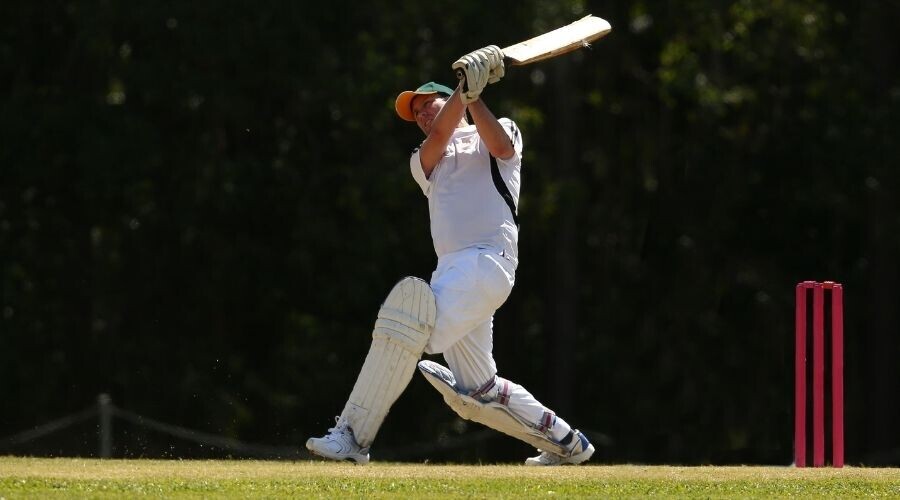
Simulating match scenarios in practice can help you improve your shot selection under pressure.
Drill: Set up a practice session where a coach or partner calls out different match scenarios (e.g., “20 needed off 10 balls” or “defend for 5 overs”). Based on the scenario, practice selecting the appropriate shot, whether it’s an aggressive hit or a defensive block. This drill helps you think strategically and make better decisions during a match.
2. Field Awareness Drill
Understanding where the fielders are placed and adjusting your shots accordingly is key to effective shot selection.
Drill: During net practice, set up cones to represent fielders in different positions. As you face each delivery, focus on selecting shots that avoid the fielders and find the gaps. This drill enhances your spatial awareness and helps you develop the habit of playing with intent and intelligence.
Mastering the Sweep: Drills for Effective Sweeping
The sweep shot is an essential weapon in a batsman’s arsenal, particularly when facing spinners. It allows you to turn good deliveries into scoring opportunities and put pressure on the bowler.
1. Timing and Placement Drill
This drill focuses on getting the timing right for the sweep shot, ensuring the ball stays on the ground and is placed accurately.
Drill: Set up cones or targets on the leg side in different positions, such as fine leg, square leg, and mid-wicket. Have a partner bowl or throw spin deliveries at a length suitable for sweeping. Practice sweeping the ball towards the targets, concentrating on timing and placement to keep the ball along the ground.
2. Reverse Sweep Drill
The reverse sweep is a more advanced version of the sweep shot, often used to surprise the bowler and fielders.
Drill: Use tennis balls initially for safety and practice the reverse sweep by positioning yourself to play the ball to the off side with a sweeping motion. Focus on keeping your balance and ensuring the shot is controlled. This drill helps you develop confidence in playing unconventional shots when the situation demands it.
Power Hitting: Drills for Increasing Batting Power
In modern cricket, the ability to clear the boundary is an invaluable skill. These power-hitting drills focus on building the strength and technique needed to hit big shots.
1. Boundary Hitting Drill
This drill focuses on practicing big shots with the aim of clearing the boundary.
Drill: Position yourself in the nets or on the field with a partner or bowling machine delivering balls in your hitting zone (typically full or good length). Focus on generating power through a combination of a strong base, a high backlift, and a full follow-through. The goal is to consistently hit the ball over the boundary without sacrificing balance or timing.
2. Weighted Bat Drill
Using a slightly heavier bat in practice can help build the muscle strength needed for power hitting.
Drill: Practice your shots with a weighted bat during net sessions. This will help build strength in your forearms and shoulders. After a few minutes, switch back to your regular bat and notice the increased bat speed and power. This drill helps in developing the physical strength required for effective power hitting.
Batting Against Pace: Drills to Handle Fast Bowling
Facing fast bowling can be intimidating, but with the right drills, you can learn to handle pace with confidence. These drills focus on improving your reaction time and technique against fast deliveries.
1. Reaction Time Drill
This drill helps improve your reaction time, which is crucial when facing fast bowlers.
Drill: Set up a bowling machine to deliver fast-paced balls or have someone throw balls at high speed, from in front of the bowling crease, forcing you to react quicker to the deliveries. This drill helps sharpen your reflexes and prepares you for facing express pace in a match situation.
2. Short Ball Drill
Handling the short ball is a key skill against fast bowlers. This drill focuses on playing or avoiding the short-pitched delivery safely.
Drill: Use a tennis ball or a softer cricket ball for safety. Have a partner or someone deliver short-pitched balls aimed at your chest or head. Practice either swaying out of the line, ducking, or playing controlled pull shots. This drill helps build confidence and improves your technique against short-pitched bowling.
Net Practice: How to Make the Most of Your Time in the Nets
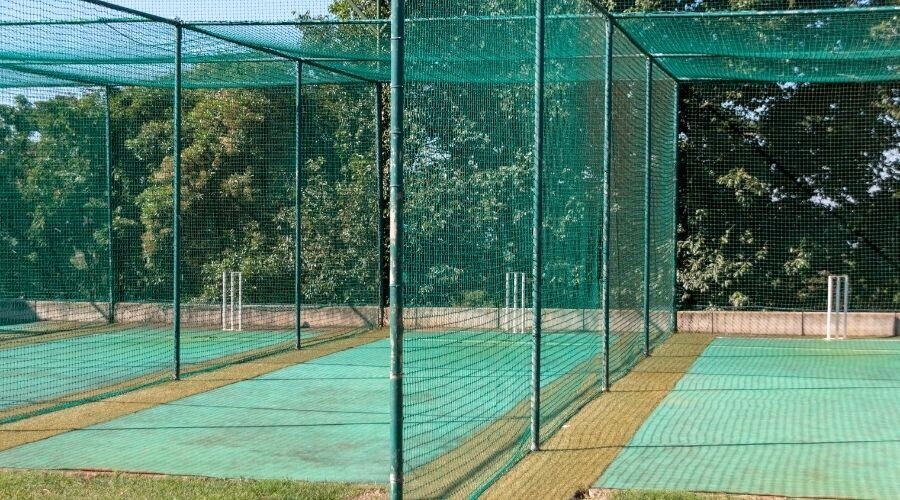
Net sessions are a vital part of batting practice, offering the opportunity to work on various aspects of your game. Here’s how to make your time in the nets as productive as possible.
1. Structured Net Sessions
A well-structured net session can help you focus on specific areas of your batting.
Drill: Divide your net session into segments, focusing on different skills in each. Start with basic drills like grip and stance, then move on to front foot and back foot shots, followed by specific drills like playing spin or facing pace. Finish with match scenario practice to simulate game conditions. This structured approach ensures you cover all aspects of your batting.
2. Simulating Match Conditions
Practicing under simulated match conditions can help prepare you mentally and technically for real game situations.
Drill: Ask your coach or partner to set specific match scenarios during your net session, such as needing to score at a certain rate or protecting your wicket in tough conditions. This helps you practice decision-making and shot selection under pressure, making you better prepared for actual matches.
Conclusion
Batting is an art that requires continuous practice, refinement, and mental toughness. By incorporating these drills into your training routine, you can develop a well-rounded skill set that covers all aspects of batting, from mastering the basics to handling pace and spin, to playing long innings with endurance.
Whether you’re a beginner or an experienced player, these drills will help you enhance your batting technique, power, and decision-making, making you a more complete and confident batsman at the crease.
Remember, consistency in practice is key. The more you drill, the more natural your movements and decisions will become, allowing you to perform at your best when it matters most.

